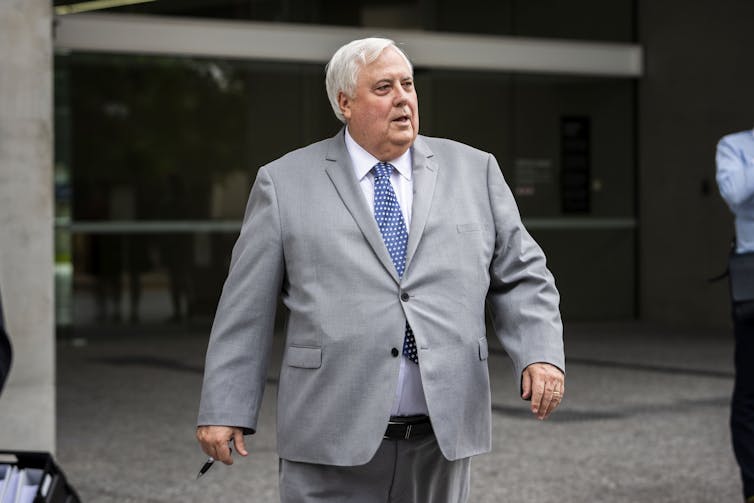
AAP/Glenn Hunt
Adrian Beaumont, University of Melbourne
With 19 days to go until election day, this week’s Newspoll, conducted April 26-28 from a sample of 2,140, gave Labor just a 51-49 lead, a one-point gain for the Coalition since last fortnight. Primary votes were 38% Coalition (down one), 37% Labor (down two), 9% Greens (steady), 5% for Clive Palmer’s United Australia Party (UAP) and 4% One Nation (steady).
Three weeks before the election, the UAP has been included in the party readout for the first time. Prior to this change, the tables show that the UAP had 2% support in the post-budget Newspoll and 3% last fortnight – they were previously published as Others. According to pollster David Briggs (paywalled), both UAP and One Nation preferences are assumed to flow at 60% to the Coalition.
Given results at the WA and Queensland 2017 elections and at the Longman 2018 federal byelection, where One Nation preferences flowed at over 60% to the Coalition, this assumption is justified for One Nation, and was the standard assumption from early 2018.
However, the UAP has no electoral record. At the 2013 election that Palmer contested under the Palmer United Party, PUP preferences split 53.7-46.3 to the Coalition. At that election, PUP recommended preferences to the Coalition in all House seats, the same situation as now, and the Labor government was on the nose.
45% were satisfied with Scott Morrison’s performance (steady) and 46% were dissatisfied (up two), for a net approval of -1. Bill Shorten’s net approval was up two points to -12, his best net approval since May 2016. Morrison led Shorten by 45-37 as better PM (46-35 last fortnight).
Morrison was trusted to keep campaign promises over Shorten by 41-38. In some evidence for UAP preferences splitting to the Coalition, UAP voters favoured Morrison on this question by 53-13, though this is from a subsample of about 100 UAP voters.
The change in party readout and the preference assumptions for UAP explain the narrowing in this poll from 52-48 to 51-49. But there has been a clear overall narrowing trend this year from the last three Newspolls of 2018, which were all 55-45 to Labor. Morrison’s relatively good ratings and greater distance from the events of last August are assisting the Coalition.
The Poll Bludger’s BludgerTrack currently has Labor winning 87 of the 151 seats on a 52.4-47.6 two party vote. The Coalition’s primary vote in Newspoll is 4% down from 2016, but preference changes since 2016 could assist the Coalition, and that is reflected in Newspoll. However, Ipsos polls have shown no difference between last election and respondent allocated preferences since Morrison became PM.
Read more:
Post-budget poll wrap: Coalition gets a bounce in Newspoll, but not in Ipsos or Essential
In economic news, the ABS reported on April 24 that there was zero inflation in the March quarter. While this was bad for the overall economy, it is good for consumers worried about the cost of living. Lower oil prices in late 2018 meant petrol prices fell in January, but have since increased.
YouGov Galaxy poll: 52-48 to Labor
A YouGov Galaxy poll for the Sunday News Ltd tabloids, conducted April 23-25 from a sample of 1,012, gave Labor a 52-48 lead, a one-point gain for the Coalition since late March. Primary votes were 37% Coalition (up two), 37% Labor (steady), 9% Greens (down one), 4% One Nation (down four), 4% UAP (steady) and 9% for all Others (up three). YouGov Galaxy also conducts Newspoll.
Voters were asked if they were impressed or unimpressed with the campaign performances of six party leaders, and all performed poorly. Morrison was the best with a 54-38 unimpressed score, Shorten had a 60-31 rating, Nationals leader Michael McCormack a 38-8 rating, Greens leader Richard Di Natale had a 44-13 unimpressed score, Pauline Hanson a 67-20 rating and Clive Palmer a horrible 69-17 unimpressed rating.
The many don’t knows for Di Natale and McCormack reflect that most people don’t know very much about them. While ratings for Morrison and Shorten would be based to some extent on their campaign performance, those for Hanson and Palmer are much more likely based on voters’ opinions of them before the campaign.
Palmer’s preference deal with the Coalition
Under a preference deal between Clive Palmer’s United Australia Party (UAP) and the Coalition, Palmer would direct preferences to the Coalition in House seats in return for Coalition preferences in the Senate. It is important to note that voters make the choices in both houses now, and can ignore preference recommendations.
Read more:
Grattan on Friday: All is forgiven in the Liberal embrace of Palmer
In 2013, Palmer recommended preferences to the Coalition in all seats, and they flowed to the Coalition by a 53.7-46.3 margin; his party won 5.5% of the national vote in the House. While this split was not more pro-Coalition, analyst Peter Brent suggests that Palmer voters were more inclined to preference Labor, and the preference recommendations had some impact.
If the UAP won 4% of the national vote and their preference recommendations convinced 10% of their voters who would otherwise preference Labor to preference the Coalition, the Coalition’s national two party vote would by 0.4% higher than otherwise.
However, this analysis ignores the risk of doing a deal with someone as disliked by the general public as Palmer. In a January Herbert seat Newspoll, 65% had a negative view of Palmer, and just 24% a positive view.
So while a preference deal with Palmer could earn the Coalition some more preferences, it could also damage their overall primary vote, hurting them more than helping. Labor will attack Palmer over the sacked Queensland Nickel workers, and that could impact the Coalition’s support among people with a lower level of educational attainment.
Does early voting make a difference to the results?
Pre-poll voting booths for the election are open from today. Under Australia’s compulsory voting, people are required to vote, and those who vote early are unlikely to have voted differently if they voted on election day unless there was a dramatic late-campaign development. So there is likely to be little overall impact of early voting on the results. In voluntary voting systems like the US, early voting gives people who need to work on election day a greater opportunity to vote.
Read more:
Three weeks of early voting has a significant effect on democracy. Here’s why
If one party was trending up in the polls as election day approached, early voters will decide their vote earlier, and so the trend will also be reflected in early votes.
While early voting overall has little impact, the types of people who vote early can differ markedly from the election day vote. Big pre-poll booths will not report until very late on election night, and the results could change significantly depending on those booths – as happened in the October Wentworth byelection.
Read more:
Wentworth byelection called too early for Phelps as Liberals recover in late counting
![]()
Adrian Beaumont, Honorary Associate, School of Mathematics and Statistics, University of Melbourne
This article is republished from The Conversation under a Creative Commons license. Read the original article.

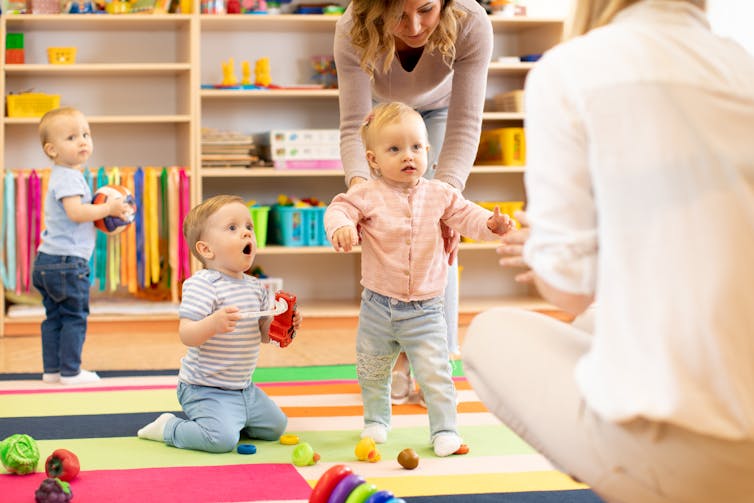
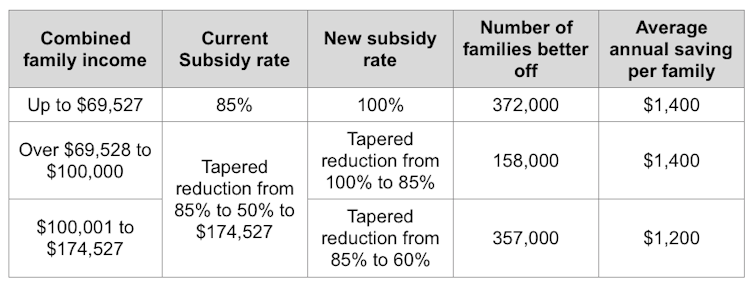
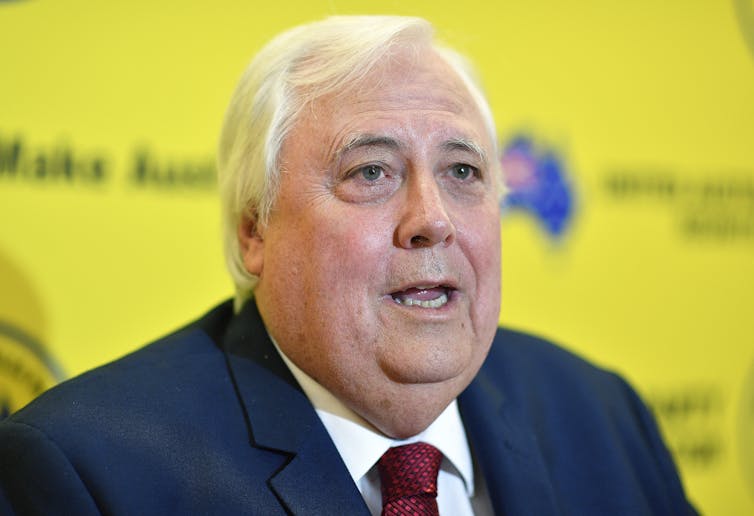
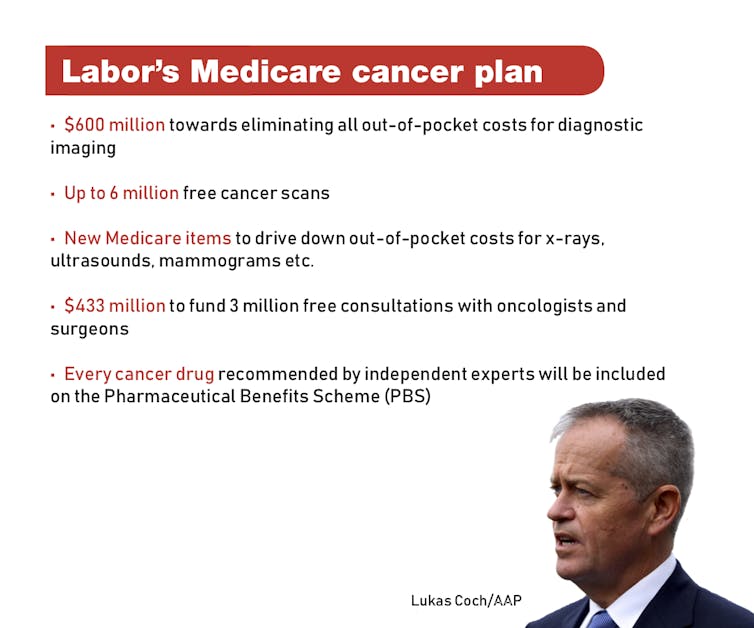
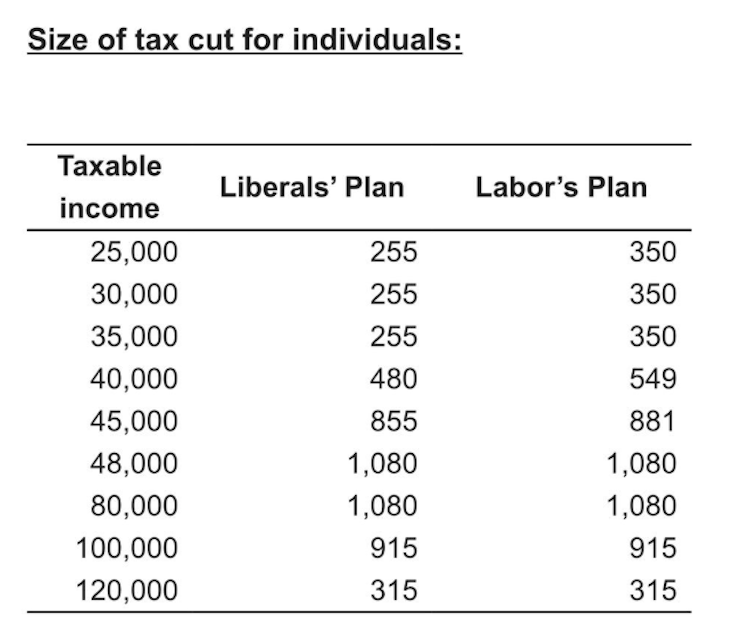


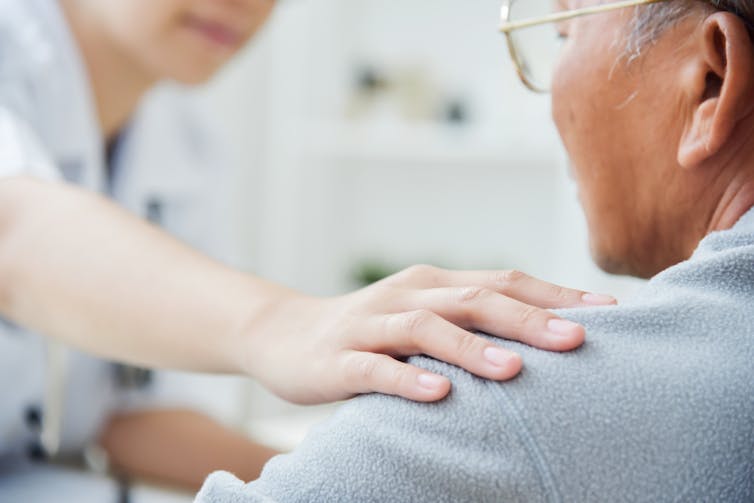
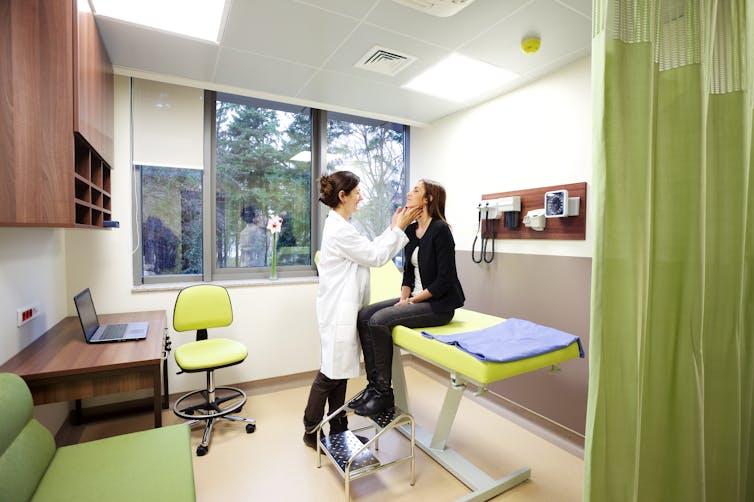

You must be logged in to post a comment.